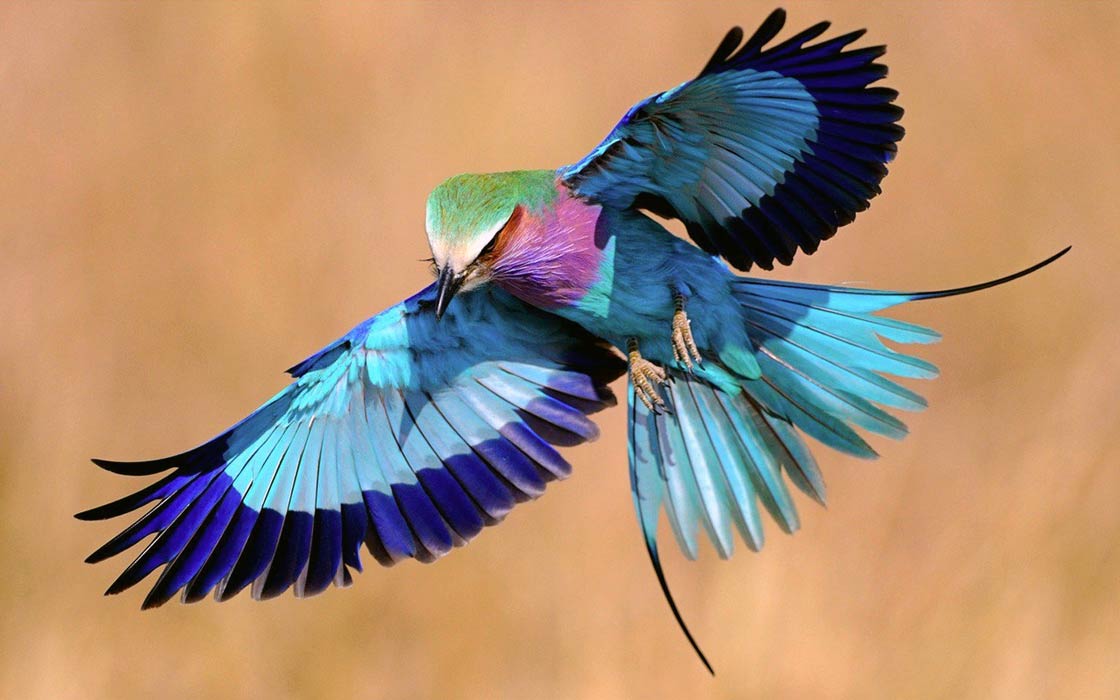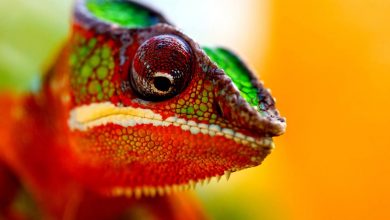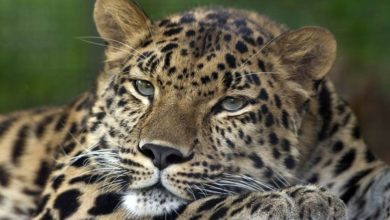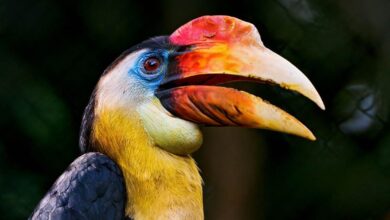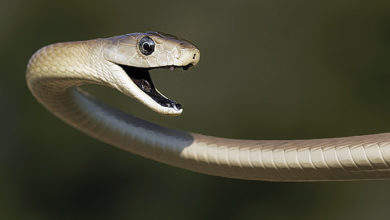The Evolution of Feathers: From Dinosaurs to Modern Birds
The animal kingdom is a masterpiece, with each creature boasting peculiar features and traits. Scales, hair, furs, and feathers—these body uniquenesses — have ignited curiosity over many centuries. However, the origins of feathers are the most popular.
Over the years, researchers debated whether they evolved from reptilian scales or an invagination of the epidermis around the base of a dermal papilla. Only around the last two decades did paleontologists find an answer to the question. Let us trace the timeline of the event and explore how feathers evolved
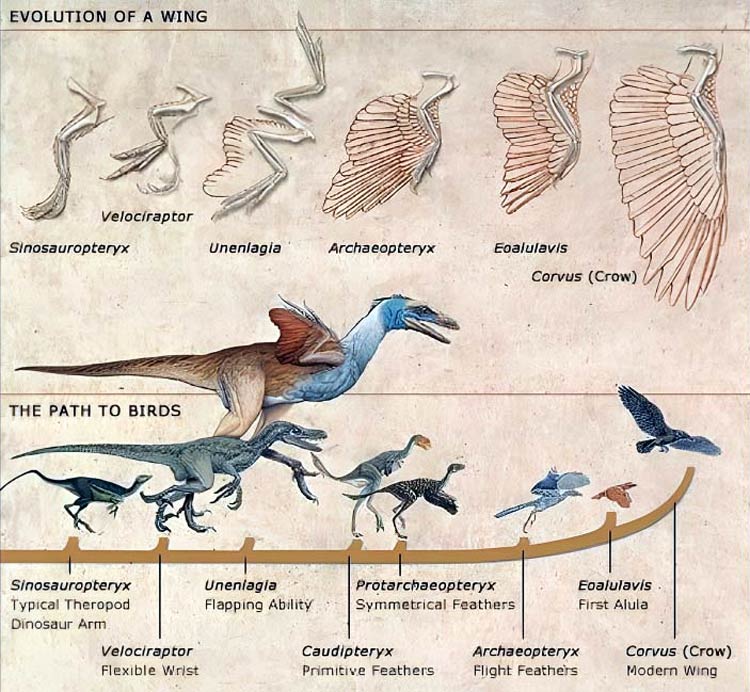
The First Fossil Birds
Just as evolution has shaped the diversity of life, the digital age is transforming how we access information and entertainment. One such is Slotozilla, a website that offers reviews of casinos, bonuses, and slots. Enthusiasts can visit to play demo slots, discover exclusive promotions and codes, and more.
Archaeopteryx Lithographica
Archaeopteryx lithographica represents a pivotal discovery in paleontology. It offers insights into the evolutionary transition between ancient reptiles and early birds. Below is a detailed table outlining its key characteristics and features:
| Feature | Description |
| Discovery | Discovered in 1861 |
| Age | Approximately 150 million years old, Late Jurassic period |
| Physical Characteristics |
|
| Transitional Features |
|
Xiaotingia Zhengi and Archaeornithura Meemannae
Many years later, paleontologists discovered the Xiaotingia zhengi. The feathered dinosaur shared many characteristics with the Archaeopteryx lithographica.
However, records showed that the former appeared about five million years earlier. Experts believe the Archaeornithura Meemannae is the ancestor of modern birds. They date back to 130 years ago and were discovered in 2015.
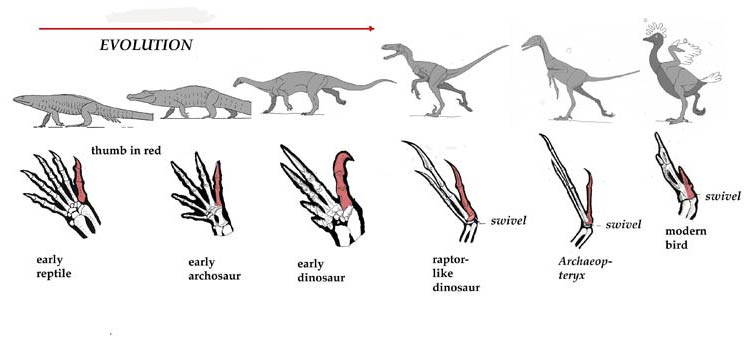
Odontornithes and Neornithes
Odontornithes are one of the most popular bird fossil groups. An example is Hesperornis. The bird measured six feet long and couldn’t fly. Its foot-propelled dive habit puts it closer to grebes and loons.
Unlike its ancestors, the animal’s teeth were not in sockets. Instead, in grooves. Apart from this, it features a stout fourth toe and a tail vertebra. The Baptornis evolved from Hesperornis. It had shorter wings and was smaller in appearance.
Neornithes appeared during the late Cretaceous Period. Paleontologists call them the first modern birds. At the same time, Ichthyornis and Apatornis—a group of flying birds—existed. The seabirds, which had webbed feet, looked like present-day terns and gulls.
The pigeon-sized bird developed strong wings, a strong keel, and a large breastbone. Based on research, the birds started losing their teeth during the Early Cretaceous Period.
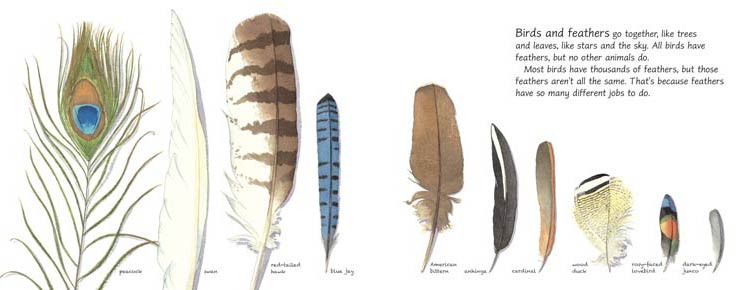
Key Evolution Stages and Timeline
Triassic Period (260 million years ago)
The ancestors of crocodiles, pterosaurs, and dinosaurs emerged. Their filamentous structures existed for display and insulation alone.
Jurassic Period (201-145 million years ago)
Small theropod dinosaurs began evolving protofeathers. Like their ancestors, evidence suggests they existed for insulation and display.
- Tyrannosaurs and Maniraptorans displayed the first evidence of hair-like feathers around 175 million years ago.
- Some 50 million years later, Sinosauropteryx provided the first evidence of filamentous feathers.
Late Jurassic – Early Cretaceous (160 to 100 million years ago)
Complex feathers began appearing in Maniraptoran dinosaurs. One such is Archaeopteryx, mentioned earlier. About 150 million years ago, the Archaeopteryx retained its dinosaur-like features but had flight feathers on its tail and wings. Microraptors possessed complex limb and tail feathers, positing gliding or rudimentary flight theory.
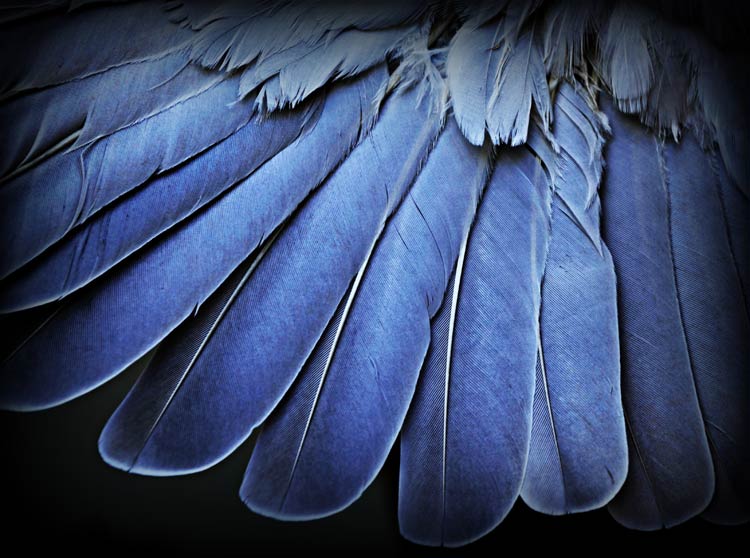
Cretaceous Period (145-66 million years ago)
Feathers evolved into functional use beyond display among different dinosaurs. 125 million years ago, the symmetrical feathers on Caudipteryx and Protarchaeopteryx were for display.
However, around 120 million years ago, Confuciusornis developed a beak and clawed fingers on the wings. During the late Cretaceous Era (100-66 million years ago), Enantiornithes developed various feathers. From there, early birds started to demonstrate flight capabilities.
Extinction Event (66 million years ago)
The mass extinction of the dinosaurs occurred during the Cretaceous – Paleogene Period. Although most dinosaur lineages were wiped out, a few feathered ones survived and continued to evolve.
Paleogene – Quaternary Period (66 – 2.6 million years ago)
The bird lineages that survived diversified into different bird species during the Paleogene Period (66 – 23 million years ago). Examples include Neornithes. Their feathers allowed flight, camouflage, insulation, and display. The Quaternary Period (2.6 million years ago to the present) ushered in the various bird species we have today.

Modern Birds and the End of the Dinosaur Era
The mass extinction that marked the end of most dinosaurs also paved the way for the evolutionary journey of birds. The discovery of Archaeopteryx provided a crucial link between birds and dinosaurs, showcasing a creature with both reptilian and avian features.
Feathers, initially used for insulation and display, underwent millions of years of evolution. Dinosaurs progressively developed bird-like characteristics such as lightweight bones, a keeled sternum for flight muscle attachment, and wings adapted for flight. Research indicates a diverse range of evolutionary paths during this time, with some dinosaur lineages increasing in size while others experienced rapid shrinking—up to 160 times faster in certain cases.
As birds adapted to different ecological niches, their tails evolved for steering rather than support, becoming shorter and more integrated into the body. This adaptation mirrored the evolution of gliding, arboreal, and homeothermic behaviours. The Cretaceous Period witnessed a significant diversification, giving rise to Enaliornis (foot-propelled divers), Gallornis (early relatives of flamingos), Hesperornis and Ichthyornis, and numerous other forms.
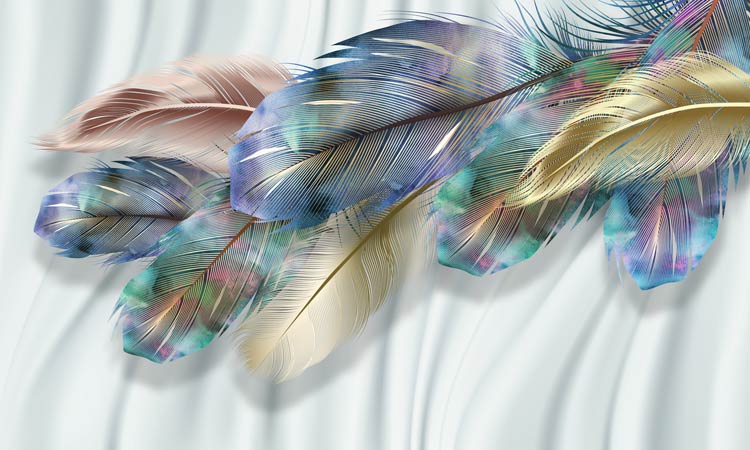
Conclusion
By the Paleogene Period, almost all major families and orders of birds that exist today had emerged. Evolution on different continents and islands led to the development of specialized adaptations. Rapid runners like emus and ostriches evolved in continents with large predators, while slow-moving species like the elephant birds of Madagascar thrived on islands with fewer predators. This era marked the flourishing diversity and adaptation of birds, shaping their modern forms and ecological roles.

